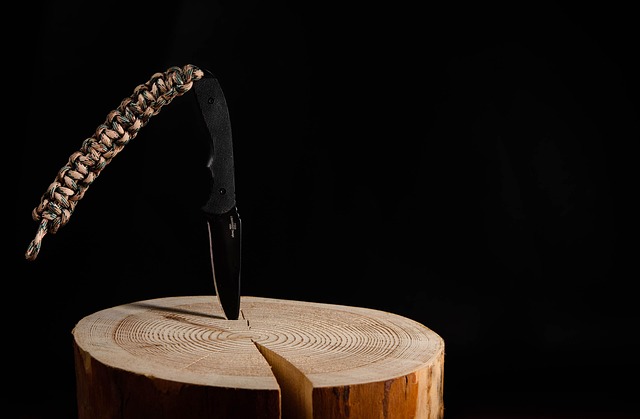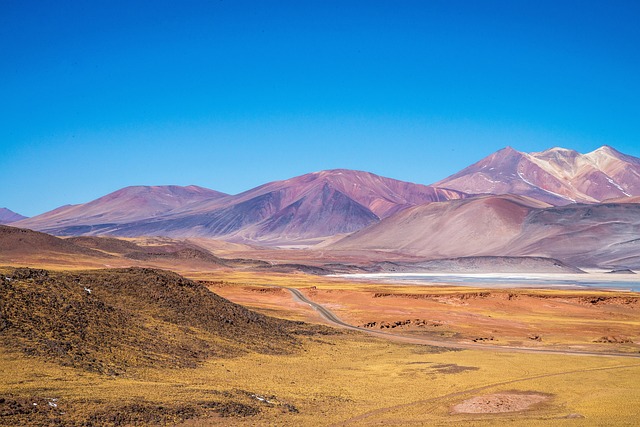
Whale Watching: A Deep Dive into the Blue
Ah, whale watching! The perfect blend of adventure, nature, and a dash of “Did I really just see that?” If you’ve ever dreamed of seeing these majestic creatures breach the surface, you’re not alone. Millions of people are hopping on boats and heading out to sea to catch a glimpse of whales and dolphins in their natural habitat. And let’s be honest, who wouldn’t want to witness a 50-ton mammal doing a backflip? 🐋
What is Whale Watching?
Whale watching is essentially the practice of observing whales and dolphins (collectively known as cetaceans) in their natural environment. It’s not just for the thrill-seekers; it can also serve educational and scientific purposes. So, while you’re snapping selfies with a whale in the background, you’re also contributing to research and conservation efforts. Talk about multitasking!
A Brief History
Whale watching as we know it began in the United States back in the 1950s. The Cabrillo National Monument in San Diego became a hotspot for observing the migration of gray whales. In its first year, it attracted a whopping 10,000 visitors. Fast forward to 1955, and the first water-based whale watching trips were launched, charging just $1 per ticket. Imagine that! You could see a whale for the price of a cup of coffee. ☕
Where to Go Whale Watching
Whale watching is a global phenomenon, but some locations are particularly famous:
- San Diego, California: Known for gray whale migrations, it’s a must-visit for enthusiasts.
- St. Lawrence River, Canada: Home to fin and beluga whales, this area offers breathtaking views.
- Hawaii: The warm waters attract humpback whales every winter. Aloha, whale friends!
- Alaska: With its stunning landscapes, it’s perfect for spotting orcas and humpbacks.
What to Expect
When you go whale watching, expect a mix of excitement and patience. You might find yourself staring at the ocean for a while, wondering if you’ve made the right choice. But then, suddenly, a massive tail will slap the water, and your heart will skip a beat! Just remember, whales are not on a schedule, and they don’t care about your itinerary.
Tips for a Successful Trip
To make the most of your whale watching experience, keep these tips in mind:
- Dress Appropriately: Layers are your best friend. It can be sunny one minute and chilly the next.
- Bring Binoculars: While you’ll likely see the whales without them, a closer look is always more thrilling.
- Stay Patient: Sometimes, it takes a while for the whales to show up. Use this time to bond with your fellow whale enthusiasts!
- Respect the Wildlife: Keep a safe distance and follow the guidelines set by your tour operator.
Final Thoughts
Whale watching is more than just a fun day out; it’s an opportunity to connect with nature and appreciate the beauty of marine life. So, grab your camera, put on your sea legs, and get ready for an unforgettable adventure. Who knows, you might just find yourself making friends with a whale! 🐋

















 Mar-a-lago Face Before and After
Mar-a-lago Face Before and After 
 Health
Health  Fitness
Fitness  Lifestyle
Lifestyle  Tech
Tech  Travel
Travel  Food
Food  Education
Education  Parenting
Parenting  Career & Work
Career & Work  Hobbies
Hobbies  Wellness
Wellness  Beauty
Beauty  Cars
Cars  Art
Art  Science
Science  Culture
Culture  Books
Books  Music
Music  Movies
Movies  Gaming
Gaming  Sports
Sports  Nature
Nature  Home & Garden
Home & Garden  Business & Finance
Business & Finance  Relationships
Relationships  Pets
Pets  Shopping
Shopping  Mindset & Inspiration
Mindset & Inspiration  Environment
Environment  Gadgets
Gadgets  Politics
Politics 